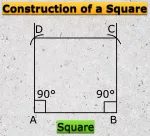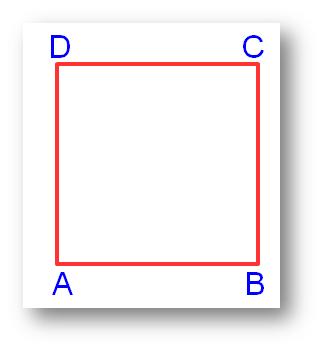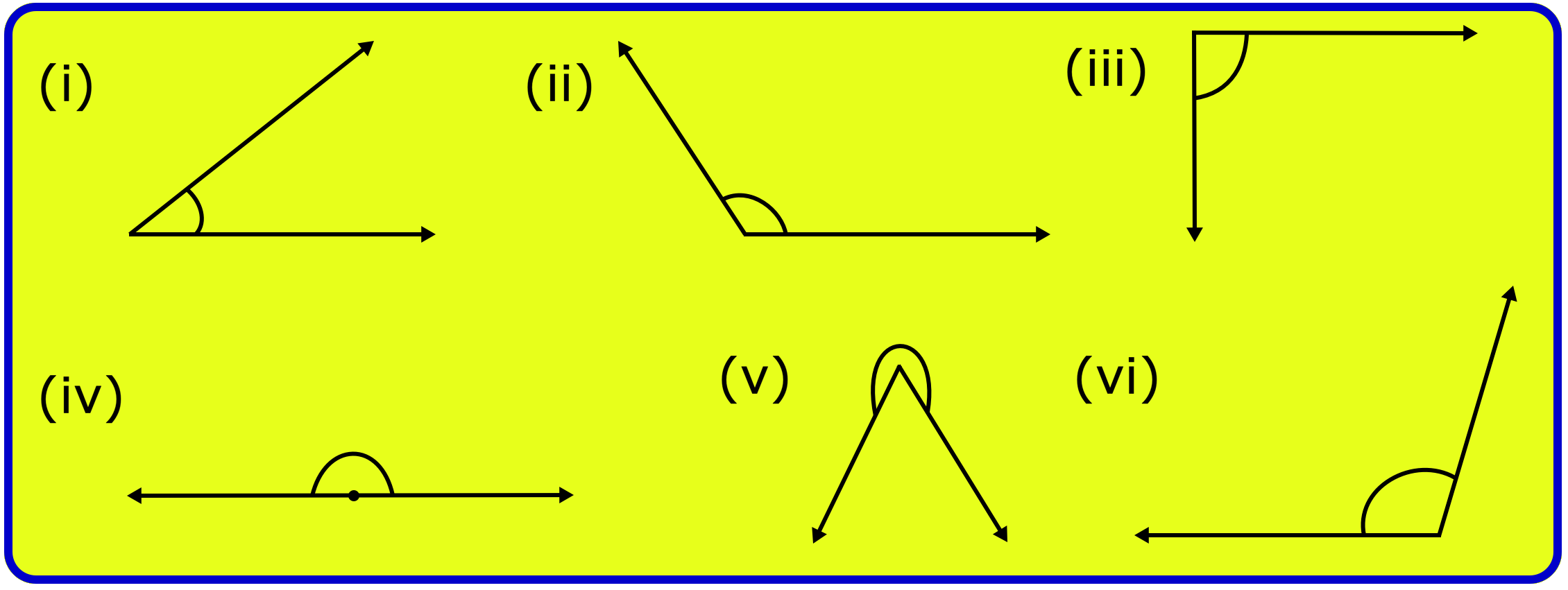Subscribe to our ▶️YouTube channel🔴 for the latest videos, updates, and tips.
Home | About Us | Contact Us | Privacy | Math Blog
Problems on Compound Interest
More solved problems on compound interest using formula are shown below.
1. The simple interest on a sum of money for 3 years at 6²/₃ % per annum is $ 6750. What will be the compound interest on the same sum at the same rate for the same period, compounded annually?
Solution:
Given, SI = $ 6750, R = 203% p.a. and T = 3 years.
sum = 100 × SI / R × T
= $ (100 × 6750 × ³/₂₀ × 1/3 ) = $ 33750.
Now, P = $ 33750, R = 203% p.a. and T = 3 years.
Therefore, amount after 3 years
= $ {33750 × (1 + (20/3 × 100)}³ [using A = P (1 + R/100)ᵀ]
= $ (33750 × 16/15 × 16/15 × 16/15) = $ 40960.
Thus, amount = $ 40960.
Hence, compound interest = $ (40960 - 33750) = $ 7210.
2. The difference between the compound interest, compounded annually and the simple interest on a certain sum for 2 years at 6% per annum is $ 18. Find the sum.
Solution:
Let the sum be $ 100. Then,
SI = $ (100 × 6 × 2/100) = $ 12
and compound interest = $ {100 × (1 + 6/100)² - 100}
= $ {(100 × 53/50 × 53/50) - 100} = $ (2809/25 - 100) = $ 309/25
Therefore, (CI) - (SI) = $ (309/25 – 100) = $ 9/25
If the difference between the CI and SI is $ 9/25, then the sum = $ 100.
If the difference between the CI and SI is $ 18, then the sum = $ (100 × 25/9 × 18 )
= $ 5000.
Hence, the required sum is $ 5000.
Alternative method
Let the sum be $ P.
Then, SI = $ (P × 6/100 × 2) = $ 3P/25
And, CI = $ {P × (1 + 6/100)² - P}
= $ {(P × 53/50 × 53/50) - P} = $ (28092500P - P) = $ (309P/2500)
(CI) - (SI) = $ (309P/2500 – 3P/25) = $ (9P/2500)
Therefore, 9P/2500 = 18
⇔ P = 2500 × 18/9
⇔ P = 5000.
Hence, the required sum is $ 5000.
3. A certain sum amounts to $ 72900 in 2 years at 8% per annum compound interest, compounded annually. Find the sum.
Solution:
Let the sum be $ 100. Then,
amount = $ {100 × (1 + 8/100)²}
= $ (100 × 27/25 × 27/25) = $ (2916/25)
If the amount is $ 2916/25 then the sum = $ 100.
If the amount is $ 72900 then the sum = $ (100 × 25/2916 × 72900) = $ 62500.
Hence, the required sum is $ 62500.
Alternative method
Let the sum be $ P. Then,
amount = $ {P × (1 + 8/100)²}
= $ {P × 27/25 × 27/25} = $ (729P/625)
Therefore, 729P/625 = 72900
⇔ P = (72900 × 625)/729
⇔ P = 62500.
Hence, the required sum is $ 62500.
4. In this question the formula is when the interest is compounded annually to solve this problem on compound interest. 4. At what rate per cent per annum will Ron lends a sum of $2000 to Ben. Ben returned after 2 years $2205, compounded annually?
Solution:
Let the required rate be R% per annum.
Here, A = $ 2205, P = $ 2000 and n = 2 years.
Using the formula A = P(1 + R/100)ⁿ,
2205 = 2000 × ( 1 + R/100)²
⇒ (1 + R/100)² = 2205/2000 = 441/400 = (21/20)²
⇒ ( 1 + R/100) = 21/20
⇒ R/100 = (21/20 – 1) = 1/20
⇒ R = (100 × 1/20) = 5
Hence, the required rate of interest is 5% per annum.
5. A man deposited $1000 in a bank. In return he got $1331. Bank gave interest 10% per annum. How long did he kept the money in the bank?
Solution:
Let the required time be n years. Then,
amount = $ {1000 × (1 + 10/100)ⁿ}
= $ {1000 × (11/10)ⁿ}
Therefore, 1000 × (11/10)ⁿ = 1331 [since, amount = $ 1331 (given)]
⇒ (11/10)ⁿ = 1331/1000 = 11 × 11 × 11/ 10 × 10 × 10 = (11/10)³
⇒ (11/10)ⁿ = (11/10)³
⇒ n = 3.
Thus, n = 3.
Hence, the required time is 3 years.
● Compound Interest
Compound Interest with Growing Principal
Compound Interest with Periodic Deductions
Compound Interest by Using Formula
Compound Interest when Interest is Compounded Yearly
Compound Interest when Interest is Compounded Half-Yearly
Compound Interest when Interest is Compounded Quarterly
Variable Rate of Compound Interest
Difference of Compound Interest and Simple Interest
Practice Test on Compound Interest
Uniform Rate of Growth and Depreciation
● Compound Interest - Worksheet
Worksheet on Compound Interest
Worksheet on Compound Interest when Interest is Compounded Half-Yearly
Worksheet on Compound Interest with Growing Principal
Worksheet on Compound Interest with Periodic Deductions
Worksheet on Variable Rate of Compound Interest
Worksheet on Difference of Compound Interest and Simple Interest
Worksheet on Uniform Rate of Growth
Worksheet on Uniform Rate of Depreciation
Worksheet on Uniform Rate of Growth and Depreciation
8th Grade Math Practice
From Problems on Compound Interest to HOME PAGE
Didn't find what you were looking for? Or want to know more information about Math Only Math. Use this Google Search to find what you need.
Recent Articles
-
Formation of Square and Rectangle | Construction of Square & Rectangle
Jul 15, 25 02:46 AM
In formation of square and rectangle we will learn how to construct square and rectangle. Construction of a Square: We follow the method given below. Step I: We draw a line segment AB of the required… -
5th Grade Quadrilaterals | Square | Rectangle | Parallelogram |Rhombus
Jul 15, 25 02:01 AM
Quadrilaterals are known as four sided polygon.What is a quadrilateral? A closed figure made of our line segments is called a quadrilateral. For example: -
Formation of Numbers | Smallest and Greatest Number| Number Formation
Jul 14, 25 01:53 AM
In formation of numbers we will learn the numbers having different numbers of digits. We know that: (i) Greatest number of one digit = 9, -
5th Grade Geometry Practice Test | Angle | Triangle | Circle |Free Ans
Jul 14, 25 01:53 AM
In 5th grade geometry practice test you will get different types of practice questions on lines, types of angle, triangles, properties of triangles, classification of triangles, construction of triang… -
5th Grade Circle Worksheet | Free Worksheet with Answer |Practice Math
Jul 11, 25 02:14 PM
In 5th Grade Circle Worksheet you will get different types of questions on parts of a circle, relation between radius and diameter, interior of a circle, exterior of a circle and construction of circl…





New! Comments
Have your say about what you just read! Leave me a comment in the box below. Ask a Question or Answer a Question.